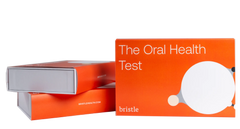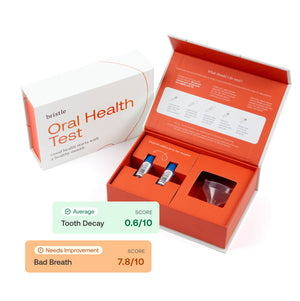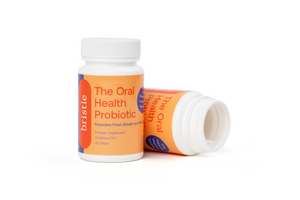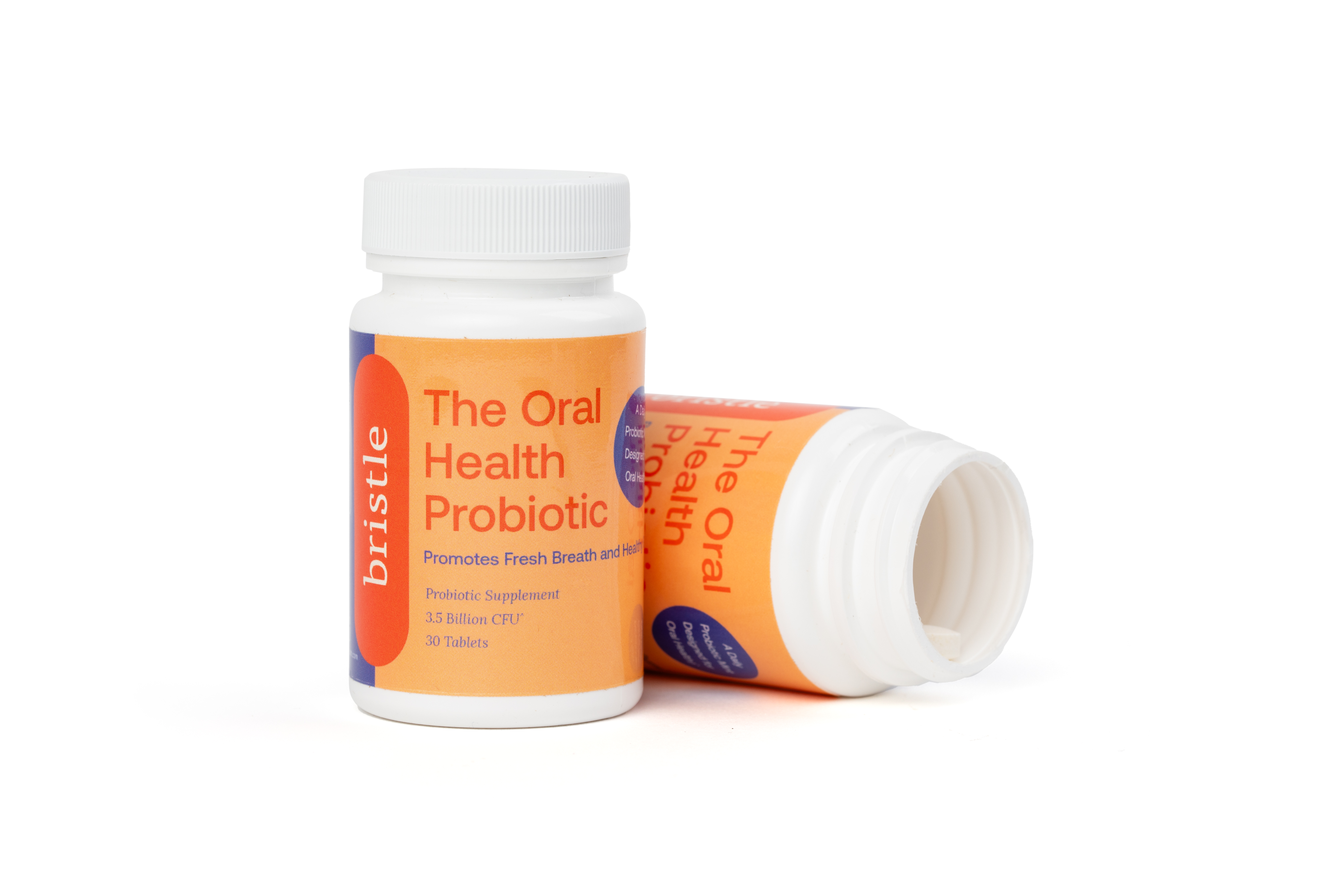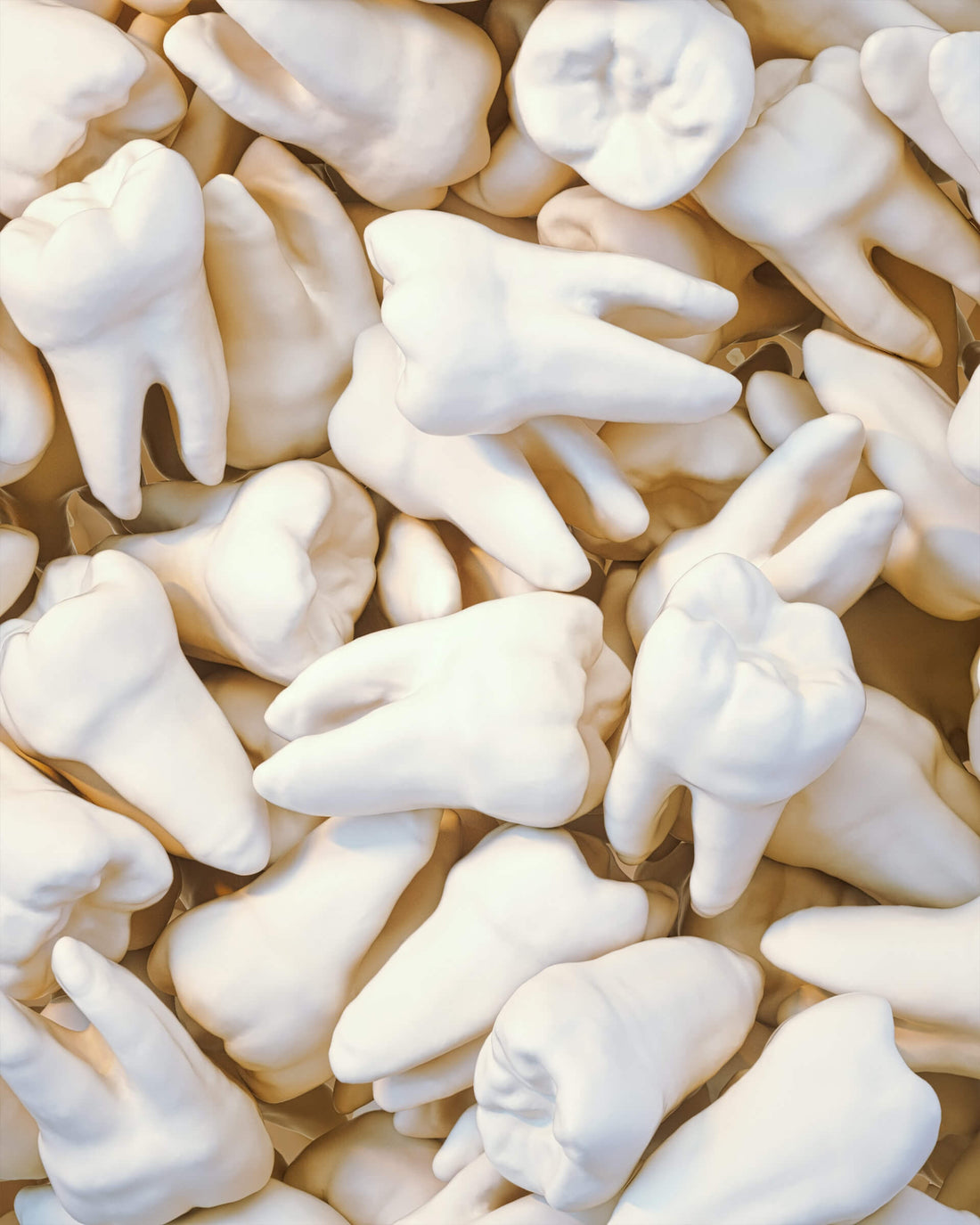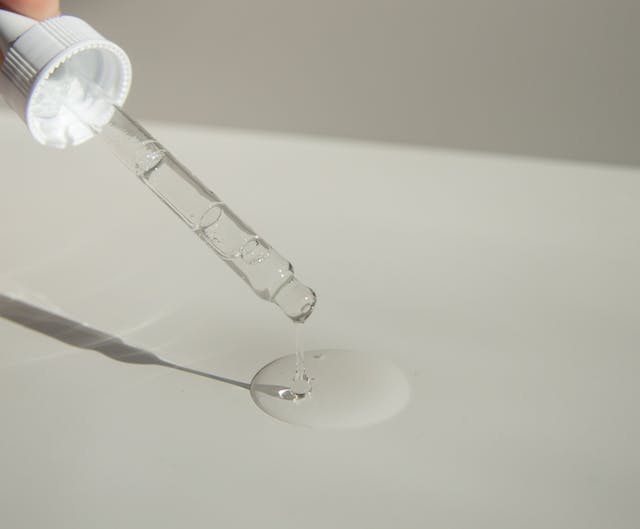Dental cavities (also called dental caries) are one of the most common diseases that affect Americans. The only disease that is more prevalent is the common cold.
According to the CDC's National Health and Nutrition examination survey, 91% of adults 20-64 have cavities. The rate of cavities in adults has declined since the 1970s, likely due to more dental education and access to dental care.
However, cavities are still a big problem. The good news is that when caught early, cavities are simple to treat and will not drastically affect your oral health. The key phrase in that sentence, however, is "when caught early." If left untreated, cavities can cause permanent damage to the entire tooth, leading to tooth loss and tooth extraction.
That's why it's essential to be vigilant in the fight against tooth decay.
Statistically speaking, you've probably already had at least one cavity. But do you actually know what a cavity is or how to spot one? No? Then this article is for you. Let's explore!
What is a cavity?
We all have a substance called plaque constantly forming on our teeth. This sticky substance is a biofilm produced by some of the bacteria that live in your mouth.
Some of these oral bacteria release toxins that lead to gum disease, while others eat sugar, so the bacteria thrive whenever you eat or drink anything with sugar. They grow in number and form a community--that's plaque. This plaque acts as a shield for bacteria, making it harder to remove them.
Like all life forms, bacteria excrete waste (yuck). These sugar-eating bad actors feed on sugary food and other food particles and excrete acids that attack your tooth enamel. The sticky plaque protects the bacteria on your teeth while they proceed to destroy your tooth enamel.
Cavities can form in both baby teeth and permanent teeth and usually develop on the chewing surfaces of the tooth or between teeth.
What does a cavity look like?
At the earliest stage, a cavity will often appear as tiny white spots on your teeth. This is a result of demineralization as the acids from the bacteria are slowly chipping away at your enamel.
Usually, at this stage, all that is needed is to step up your dental care routine. If you don't already, you should try using fluoride toothpaste or nano-hydroxyapatite toothpaste to help rebuild your enamel.
As the cavity worsens, the spots can turn brown or black. Sometimes these brown spots are soft if you poke them with a toothpick. If the cavity is allowed to flourish, you will develop a visible hole in your tooth. At this point, you'll need dental intervention to stop tooth decay.
Your dentist will drill out the decay and fill the hole with something like amalgam (silver), gold, or tooth-colored composite fillings that look more like your tooth. The filling prevents bacteria from hanging out in the hole and helps to fortify the tooth. Severely decayed teeth may require a crown, a protective cap that fits over what is left of the tooth after the dentist removes the decayed part.
What does a cavity feel like?
At first, it's unlikely that you'll feel anything. After all, tooth enamel doesn't have nerve endings.
But as the decay works its way down through the layers of your teeth, you may start to notice that something is wrong. Common symptoms include:
Unfortunately, by the time you can feel a cavity, the cavity is already getting serious. This is why it's essential to be vigilant, even if you don't have any toothaches or other symptoms.
How to reduce your risk of tooth decay
Good oral hygiene
The best way to reduce your risk of cavities is by practicing good dental hygiene and brushing and flossing your teeth twice a day to remove the excess food particles. Doing so will also disrupt the plaque and prevent the bacteria from building up enough to cause damage.
Your diet plays a large role in your risk for cavities. Avoid frequent snacking as this increases the amount of time the bacteria have to produce acid throughout the day, and try to limit sugary drinks. Eating a low-sugar, balanced diet encourages good bacteria that protect your enamel.
Drinking water helps prevent dry mouth by stimulating saliva production. Saliva contains proteins that stick to the bacteria and act as a natural rinse to remove them. Saliva also helps promote beneficial bacteria that help control the levels of harmful species known to cause cavities, gum disease, and more. So drink plenty of water.
You can also use defenses to kill bacteria and build up and reinforce your tooth enamel. Fluoride treatment kills bacteria and helps strengthen enamel; that's why many dentists recommend using fluoridated toothpaste. Remineralizing toothpaste contains ingredients like hydroxyapatite, a calcium compound that helps strengthen tooth enamel.
However, if the bad bacteria thrive and the destruction is allowed to go on; eventually, you'll get a hole in your tooth — known as a cavity.
How to know if you have a cavity?
Cavities often form in places where your teeth are touching one another. It is harder to clean out tiny crevices to get out all the plaque harboring the bacteria in your mouth. This is one reason why even those who follow a strict oral hygiene routine can still develop cavities.
Visit the dentist
Because cavities like to develop in shadowy places, it's virtually impossible to see your own cavities looking in a mirror. That is another reason why regular dental visits are such an essential part of your healthcare routine.
With their direct view, big light, and those little mirrors, your dentist and dental hygienist can check your teeth for signs of cavities appearing. Dental x-rays help them find cavities in hard-to-see areas and treat them with dental fillings. The teeth show up white on the x-ray, and cavities will appear as darker spots.
Send a sample to Bristle!
Trillions of tiny microbes live in your mouth. Think about that the next time you want to kiss somebody!
Just like gut bacteria, oral microbes can be either good or bad. You will generally always have a balance of both good and bad bacteria in your mouth.When the bacteria become imbalanced, it is easier for cavities to form. When harmful bacteria flourish, they will spread, and you'll have more of them.
Keeping this in mind, you can send a small saliva sample to us here at Bristle for testing. We'll examine your oral microbiome. Then, we'll provide science-backed feedback, coaching, and personalized product recommendations based on what we find.
